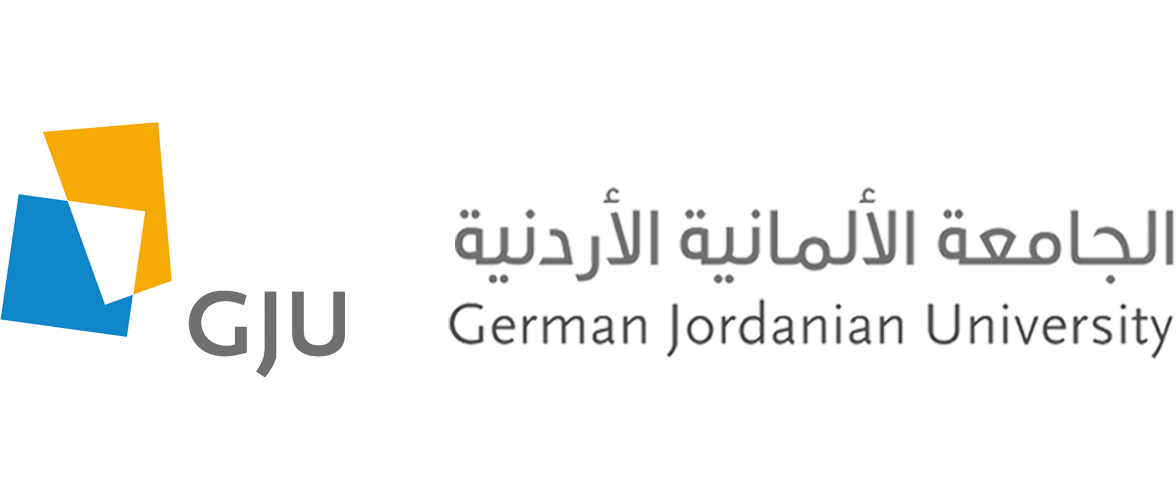Status: In preparation
Funding: In search
Description:
Since the abandonment of the phosphate mine sites in Russeifa in the 1980s, the entire landscape has presented a dilemma for the authorities and the inhabitants of the area. The area had been mined since the 1940s, leaving behind tunnels, open pits, and piles of crushed overburden, making the area difficult to redevelop. However, there are several important heritage buildings at the site that represent the early stage of mining in the area.
The idea to rehabilitate the area by establishing a museum and an associated park has multiple aims. The first aim is to preserve the core site to demonstrate the early stages of mining in Jordan. The second is to provide an educational center that will allow for a better understanding of phosphate as a geological and industrial material, in addition to providing a wider understanding of the physical and human geography and history of the area. The third aim is to create economic opportunities and build civic pride for the people of the area.
Several steps have been taken to move this idea from a dream into reality. The entire proposed site has been surveyed using 3-D laser scanning, allowing for easy future planning of the site. Conceptual plans and designs have also been prepared, as well as cost estimates and sustainability plans. Discussions with the government through the Ministry of Environment have led to a formal cabinet decision to designate the site as a museum to be developed in collaboration with GJU. Despite general enthusiasm for the project, the necessary funding has not yet been secured.
For more details, please follow the link below:
https://link.springer.com/article/10.1007/s12371-017-0266-8
Photo Album- Phosphate Museum


